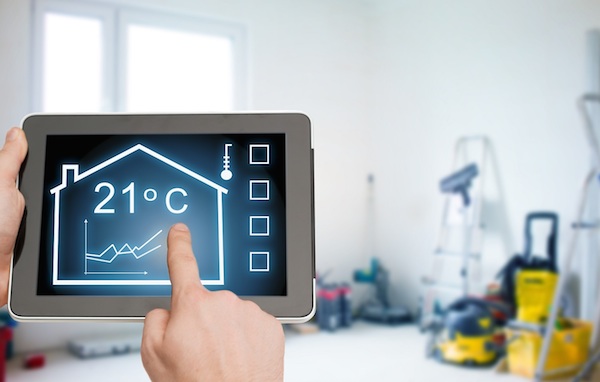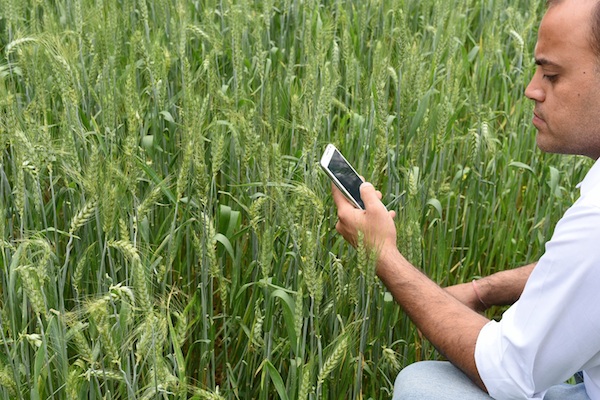The Doctor In Your Pocket
ICT has the potential to transform the way that healthcare is delivered by empowering people to become self-directed and manage their own health via their smart device, anytime anywhere. By 2030, healthcare will be mobile, accessible from anywhere in the world; it will be empowered, allowing everyone to make informed decisions on their own health; and it will be democratized, available to anyone across the globe.
In 2030, a smart device with an internet connection, two technologies that are expected to be ubiquitous by then, will enable you to monitor your own health.
Remote monitoring via health apps, wearables and sensors will allow people to keep track of their own health and make decisions based on their personal data, or even their own DNA sequencing.
Doctors in will have instant access to a large amount of meaningful and standardized data on DNA patterns, diseases, and treatments and will be able to personalize care to an individual level, allowing more time for personal interaction between doctor and patient.

"create a healthcare experience that is personalized, empowered and effective."
Case example
Humber NHS Foundation Trust go mobile and spend more time with patients.
A mobile solution for NHS Foundation, contracted from BT, transforms patient care and the working lives of clinicians, while at the same time saving the Trust money. The mobile solution uses an innovative software from Belfast company, TotalMobile, to give healthcare professionals on the move access to real-time information where and when they need it.
The mobile healthcare technology enables staff at the Trust to provide a range of mental health, community, learning disability, and addiction services. Via the mobile solution the staff is able to access patient records, view schedules and appointments and update notes while on their rounds, using a mobile device of their choice, such as tablets or smartphones.
The new mobile solution ensures that clinicians have the most up to date information at their fingertips whether in the office, on the go or at the patient’s home. It streamlines the Trust’s existing processes, reducing the need to return to base, saving time, paper usage and money travelling and allowing more time to be spent on patient care.
Link to webpage: http://www.globalservices.bt.com/uk/en/news/bt_helps_humber_nhs_foundation_trust_go_mobile
Sustainability
benefits quantified
ICT enabled solutions create sustainability benefits across the Triple Bottom Line:
environmental, economic, and social.
-
Environmental benefits
In most countries, the healthcare industry has a substantial impact on society. Not only by treating people who are sick, but also in terms of people employed, money invested, or energy and resources used. With E-Health solutions however, patients no longer have to travel to a hospital for check-ups or appointments, but can contact their doctor via their smart device, from the comfort of their own home. Globally, ICT enabled solutions can support healthcare facilities in reducing their carbon footprint by 0.203 Gt CO2e and saving 1.7 billion liters of fuel through reduced travel and decreased usage of resources and physical healthcare facilities.
-
Economic benefits
The traditional healthcare industry is resource intensive with large physical facilities and many resources used to supply a range of different healthcare services. ICT enabled solutions such as remote monitoring, wearables and E-Health applications provide ways to monitor your own health and reduce the need for people to travel to physical healthcare facilities. By doing so, such technologies free up space and resources in terms of time, money and materials, and can potentially generate $66 billion in annual cost savings by 2030 from around 271m2 of space released. In addition, adoption of E-Health technologies could generate an additional $63.4 billion in revenues from wearables for the ICT sector and $208.8 billion from private sector health parties selling E-Health services to clients.
-
Social Benefits
Access to affordable healthcare is a critical issue in developing, emerging, as well as developed countries. With growing populations and increasing healthcare costs, it becomes more and more difficult to provide access to quality healthcare services. By 2030, ICT enabled solutions could provide access to affordable healthcare, from any place in the world, to a total of 1.6 billion people. These E-Health beneficiaries will have access to ICT solutions facilitating a healthcare experience that is more personalized, preventive and self-directed. In addition, more efficient healthcare delivery through ICT has the potential to free up significant amounts of time and resources.







